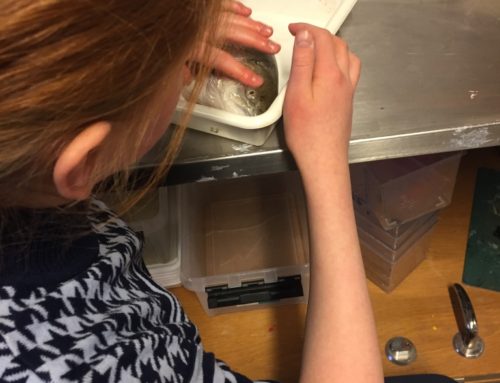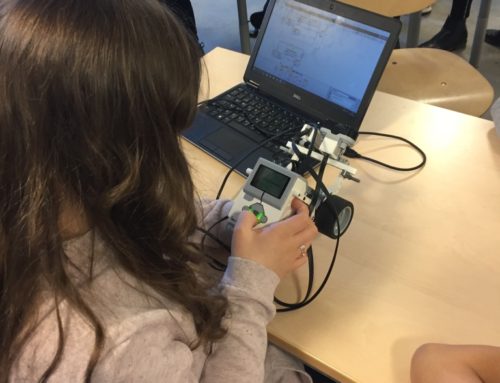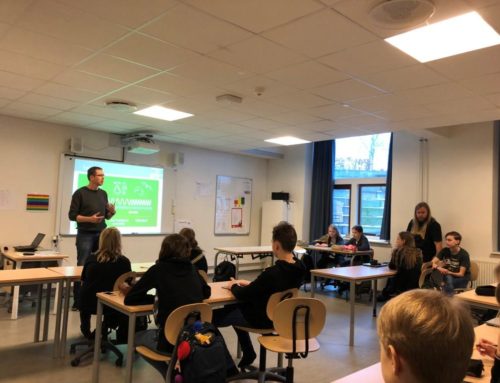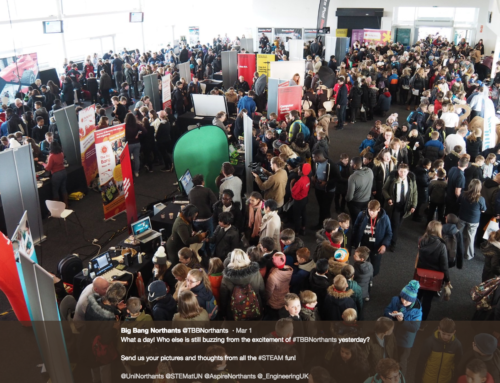Project Description
Image credit: A view of the Millau Viaduct in the distance, the tops of some of its towers shrouded within the clouds. The village of Creissels is in the foreground. Stefan Krause, Germany
An idea for a potential STEAM activity would be bridge building.
Firstly, to incorporate the idea of ‘experiencing STEAM’ children could be taken to visit and look at some different bridges; alternatively they could look at some different photos of various famous bridges around the world. This would aid their enquiry about which materials to select and also link their activity to the real world and would be relevant to the ‘discover’ component on the Double diamond model, as well as building on the theme of technology outdoors.
Next, during the ‘define’ phase, the project could be explained in further detail and pupils may use digital devices for further research. Digital technology could be incorporated in the testing of initial ideas regarding the structure of the bridge; for example, the SimplePhysics app allows children to test blueprints for a variety of engineering projects, including bridges, and run a physics stimulation to see if they work or the Truss me app which is perhaps more relevant for older pupils and involves the use of algorithms – these would further the process of scientific inquiry. Specifications regarding the size of the bridge could be provided at this interval, to encourage children to use mathematical skills such as measurement.
Then, the arts aspect of STEAM could be introduced in the ‘Develop’ stage. This could be again be used to encourage pupils to consider the real life implications and engage in problem based learning. One suggestion of how to involve arts and PBL would be the construction and presentation of a scenario to the children, in which complaints and concerns about the aesthetic of the bridge had been raised by local residents, to encourage them to appreciate not only the STEM components involved in designing a structurally sound bridge but to give equal consideration and emphasis to the art and design aspects. Arts could similarly be included in the planning stage as children draw and model a variety of ideas. Technology skills could be encouraged by the provision of a variety of tools.
During the ‘deliver’ phase, convergent thinking would be required to produce the final product. The skills involved in this process would predominantly relate to the technology and engineering strands of STEAM, although arts could again be incorporated by encouraging the children to present their ideas and project to the rest of the class, thus developing their drama skills.
Phoebe Dickenson – STEAM idea.






